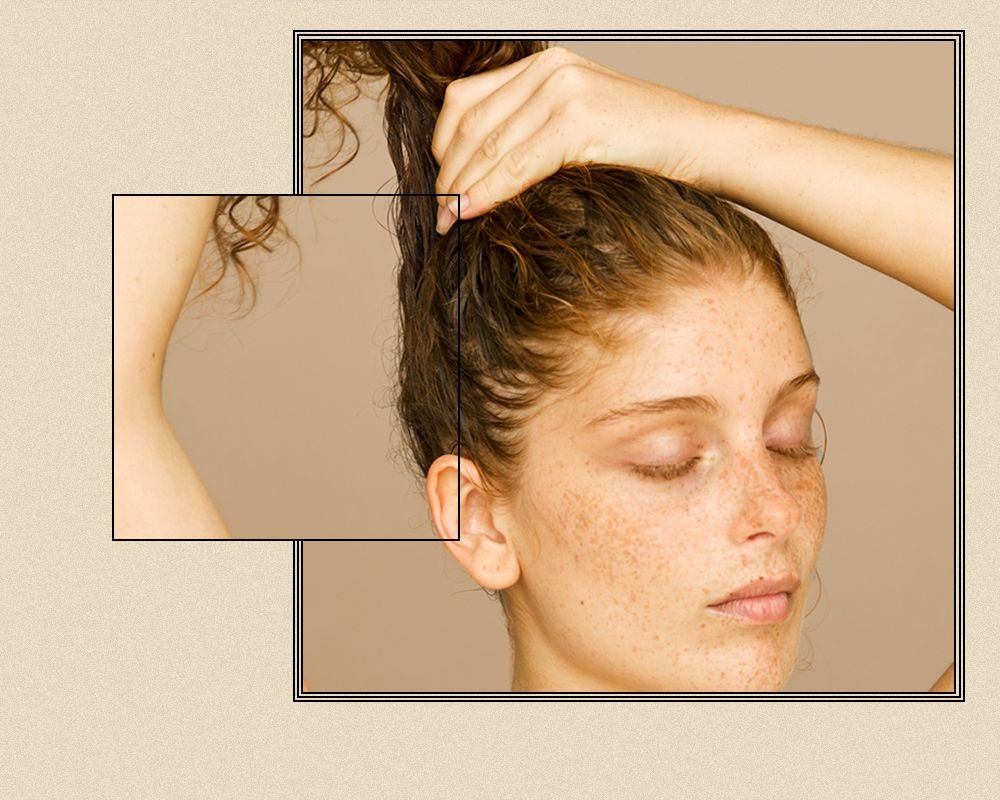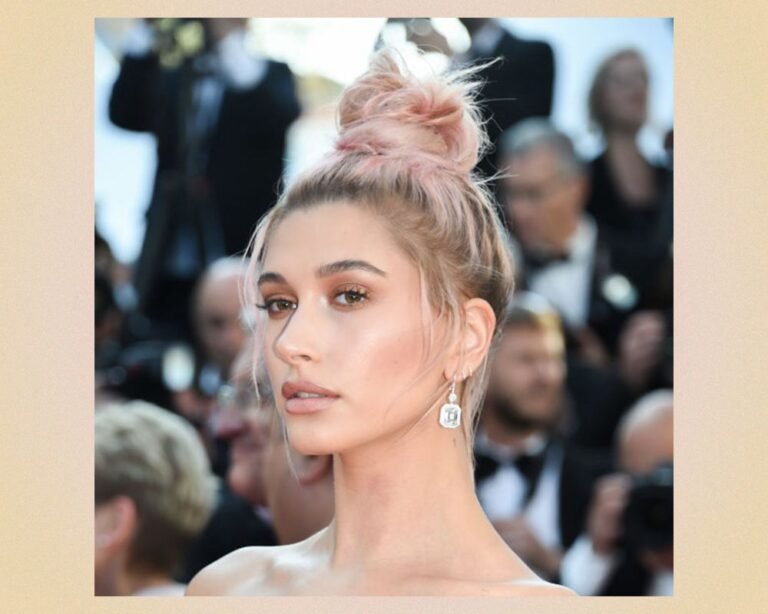Hairline Microblading: Everything You Need to Know for Fuller Hair
Hairline microblading is a semi-permanent makeup technique that involves tattooing fine lines onto the scalp’s epidermis to create a fuller and more defined appearance, particularly for those experiencing shedding at their hairline or thinning. It is not a solution for those looking for increased volume or struggle with thinning hair.
The procedure mimics the direction of existing hair growth, ensuring a natural look, and is a temporary treatment that does not prevent further hair loss or encourage new hair growth. However, it provides a temporary solution for individuals looking to enhance the appearance of their hairline.
The Process
Let’s dive into ‘The Process’ of Hairline Microblading, focusing on the Microblading Technique and Aftercare Tips.
Microblading Technique
Microblading hairline is a semi-permanent makeup technique where fine lines are tattooed onto the scalp’s epidermis. This process uses a thin blade to mimic natural hair growth direction, ensuring a fuller look.
Aftercare Tips
- Keep the treated area dry for the first week.
- Avoid touching or picking at the scabs.
- Avoid sun exposure and swimming for at least two weeks.
- Avoid applying makeup or skincare products directly on the microbladed area.
Remember, proper aftercare is crucial for optimal healing and long-lasting results.

Credit: www.teammicro.com
Pros And Cons
When considering hairline microblading, it’s essential to weigh the benefits and drawbacks before making a decision. Let’s delve into the advantages of this innovative technique.
- Enhanced Appearance: Hairline microblading can improve the overall appearance of thin or receding hairlines, providing a fuller and more defined look.
- Non-Invasive: Unlike surgical hair restoration procedures, microblading is minimally invasive, involving precise tattooing techniques to achieve natural-looking results.
- Temporary Solution: This procedure offers a temporary solution for those seeking a subtle yet effective enhancement to their hairline without committing to permanent alterations.
While hairline microblading offers several advantages, it’s crucial to consider the limitations and factors to weigh before opting for this technique.
- Potential Discomfort: Some individuals may experience mild discomfort during and after the microblading process, especially during the healing phase.
- Temporary Nature: It’s important to understand that hairline microblading is a temporary solution, and regular touch-ups may be required to maintain the desired appearance.
- Not Suitable for Increased Volume: Microblading may not be suitable for those seeking to significantly increase their hair volume or density.
- Pre-existing Hair Condition: Individuals with certain scalp conditions or skin sensitivities should consult a specialist to evaluate the suitability of microblading for their specific situation.
Before You Microblade
Microblading hairline is a cutting-edge technique that can transform thin and receding hairlines, giving them a fuller and more defined appearance. But before you decide to undergo this procedure, it’s important to be well-informed and prepared. There are a few things you should consider and some steps you should take before microblading your hairline.
Preparing For The Procedure
Before you schedule your microblading appointment, there are a few important preparations you need to make. These include:
- Researching reputable microblading artists in your area. It’s essential to find an experienced and skilled professional who specializes in hairline microblading.
- Scheduling a consultation with the artist. This will give you an opportunity to discuss your goals and expectations, ask any questions you may have, and ensure that you are a good candidate for the procedure.
- Preparing your scalp for the procedure. It’s important to keep your scalp clean and free from any irritants or products in the days leading up to your microblading appointment.
- Avoiding certain medications and supplements. Some medications and supplements can thin your blood and increase the risk of bleeding during the procedure. It’s crucial to follow your artist’s guidelines and avoid any substances that could interfere with the healing process.
Things To Consider Before Microblading
While microblading hairline can be a game-changer for many people, it’s not suitable for everyone. Before you undergo the procedure, there are a few important things to consider:
- Microblading does not increase hair count or add thickness to thinning hair. If you are looking for increased volume, microblading may not be the right solution for you.
- Both scalp micropigmentation and microblading are temporary treatments. They can last anywhere from six months to two years, depending on various factors.
- Microblading does not prevent progressive hair loss or encourage new hair growth. It is primarily a cosmetic procedure that enhances the appearance of the hairline.
Remember, microblading is a semi-permanent makeup technique that should be approached with careful consideration and realistic expectations. By understanding the process and preparing properly, you can achieve the best possible results and enjoy a more defined and attractive hairline.
:max_bytes(150000):strip_icc()/scalpmicro-565f49895dee483da68bd8ea27e7e7c8.jpg)
Credit: www.byrdie.com
Microblading Results
The results of hairline microblading are a transformative solution for individuals seeking the appearance of fuller hair. Understanding the healing process and managing expectations for the final look are crucial aspects when considering this procedure.
Understanding The Healing Process
After undergoing hairline microblading, it’s important to comprehend the healing stages to anticipate the final results. Initially, the treated area may appear darker and bolder due to the color of the pigment. Over the next few weeks, the color will soften and blend with the natural hair, resulting in a more natural-looking appearance. Throughout the healing process, it is essential to follow the aftercare instructions provided by the technician to ensure optimal results.
Final Looks And Expectations
Upon completion of the healing period, the final result of hairline microblading will mimic the appearance of natural hair follicles, creating a fuller and more defined scalp. However, it is important to manage expectations as the outcome may vary based on individual skin type and lifestyle factors. While some individuals achieve the desired look after one session, others may require additional touch-ups to achieve the optimal outcome.
Hairline Microblading Vs. Alternatives
Hairline microblading is a popular semi-permanent makeup technique that involves tattooing fine lines onto the scalp’s epidermis to create a fuller and more defined appearance. It is an effective solution for hair loss and thinning, especially for those experiencing shedding at their hairline.
Comparing Microblading To Scalp Micropigmentation
When it comes to hairline enhancements, two popular options are hairline microblading and scalp micropigmentation. While both procedures aim to create the appearance of a fuller hairline, there are some key differences to consider.
Effectiveness In Volume And Thickness
Microblading involves tattooing fine lines onto the scalp’s epidermis to mimic the direction of existing hair growth. This technique is ideal for individuals looking to define their hairline and create the illusion of thicker hair. However, microblading may not be the best choice for those seeking increased volume or a significant thickness boost.
In contrast, scalp micropigmentation utilizes tiny pigment deposits to replicate the look of closely-shaved hair follicles. This procedure is particularly effective in creating the appearance of a fuller head of hair and can be customized to match your desired hair density. If you’re looking for a more dramatic change in volume and thickness, scalp micropigmentation might be the better option.
| Procedure | Microblading | Scalp Micropigmentation |
|---|---|---|
| Objective | Create the appearance of a fuller hairline | Create the look of closely-shaved hair follicles |
| Effectiveness in Volume and Thickness | Increase volume and thickness to a limited extent | Significantly enhance volume and thickness |
Ultimately, the choice between hairline microblading and scalp micropigmentation depends on your specific goals and desired results. If you’re mainly looking to define your hairline and add some thickness, microblading can be a great option. However, if you’re seeking a more substantial increase in volume and thickness, scalp micropigmentation may be the better choice.
It’s important to consult with a qualified professional who can assess your individual needs and provide personalized recommendations. Whether you choose hairline microblading or scalp micropigmentation, both procedures offer temporary solutions and do not prevent hair loss or encourage new hair growth.
Potential Risks
Before opting for hairline microblading, it’s essential to be aware of the potential risks associated with this cosmetic procedure. Understanding the complications and adverse effects can help you make an informed decision.
Complications
- Infection: Due to the microblading process breaking the skin, there is a risk of infection if proper hygiene practices are not followed.
- Allergic reactions: Some individuals may experience allergic reactions to the ink used during microblading.
- Uneven results: Improper technique or poor aftercare can result in asymmetrical or patchy hairline appearance.
Adverse Effects
- Scarring: In rare cases, scarring may occur as a result of the microblading process.
- Color changes: The pigmentation used for microblading may fade or change color over time, leading to undesirable outcomes.
- Skin reactions: Sensitive skin may react adversely to the pigments used, causing irritation or inflammation.
How To Minimize Risk
While there are potential risks associated with hairline microblading, you can take steps to minimize these risks:
- Research: Choose a reputable and experienced microblading artist who follows strict hygiene and safety protocols.
- Aftercare: Follow the post-treatment care instructions provided by your microblading technician to ensure proper healing.
- Patch test: Consider a patch test to check for any allergic reactions to the pigments used in the procedure.
- Consultation: Discuss any concerns or medical conditions with your microblading technician before the procedure.
Final Thoughts
Final Thoughts:
Considering the transformative benefits it offers, hairline microblading can be a remarkable solution for those seeking a fuller, more defined hairline. The semi-permanent nature of the procedure allows for a natural look without the commitment of more permanent treatments. While it may not be suitable for everyone, those looking to enhance their hairline can find significant value in the artistry of microblading.
Is Hairline Microblading Right For You?
Hairline microblading suits individuals looking to enhance the appearance of their hairline with a semi-permanent solution. It mimics natural hair growth for a fuller look.
Long-term Maintenance And Touch-ups
To maintain the results of hairline microblading, regular touch-ups are essential. Adequate aftercare and adjustments can ensure a lasting and natural-looking hairline.

Credit: www.instagram.com
Frequently Asked Questions
What Are The Downsides Of Hairline Microblading?
Hairline microblading doesn’t increase hair count, thickness, or prevent progressive hair loss. It’s not permanent and may not work for increased volume.
How Do You Take Care Of Microblading Hairline?
To care for microblading hairline, keep it clean and dry, avoid sun exposure, and follow aftercare instructions.
What I Wish I Knew About Microblading?
Microblading doesn’t increase hair volume or thickness and is only a temporary solution for hair loss.
What Should I Consider Before Microblading?
Before microblading, consider the following: – Healed results may not match your expectations. – Microblading does not increase hair count or thickness. – It is not suitable for increasing volume. – Both scalp micropigmentation and microblading are temporary treatments. – They do not prevent hair loss or encourage new hair growth.
Conclusion
Hairline microblading offers a semi-permanent solution for individuals experiencing hair loss or thinning at their hairline. While it may provide a fuller and more defined appearance, it’s vital for individuals to consider both the pros and cons before undergoing this procedure.
Understanding the process, aftercare, and potential downsides is crucial for making an informed decision about hairline microblading.








